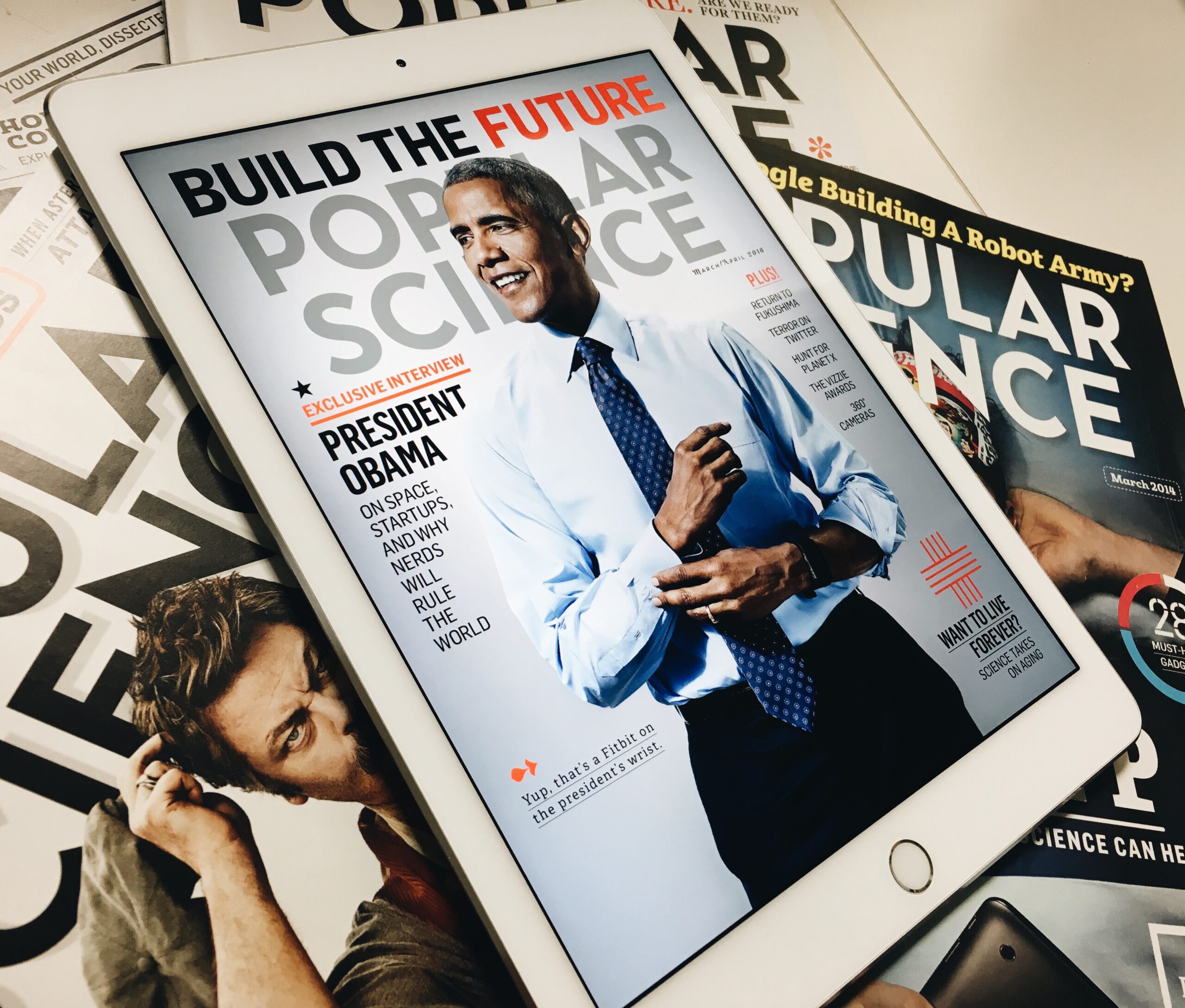

We may earn revenue from the products available on this page and participate in affiliate programs. Learn more ›
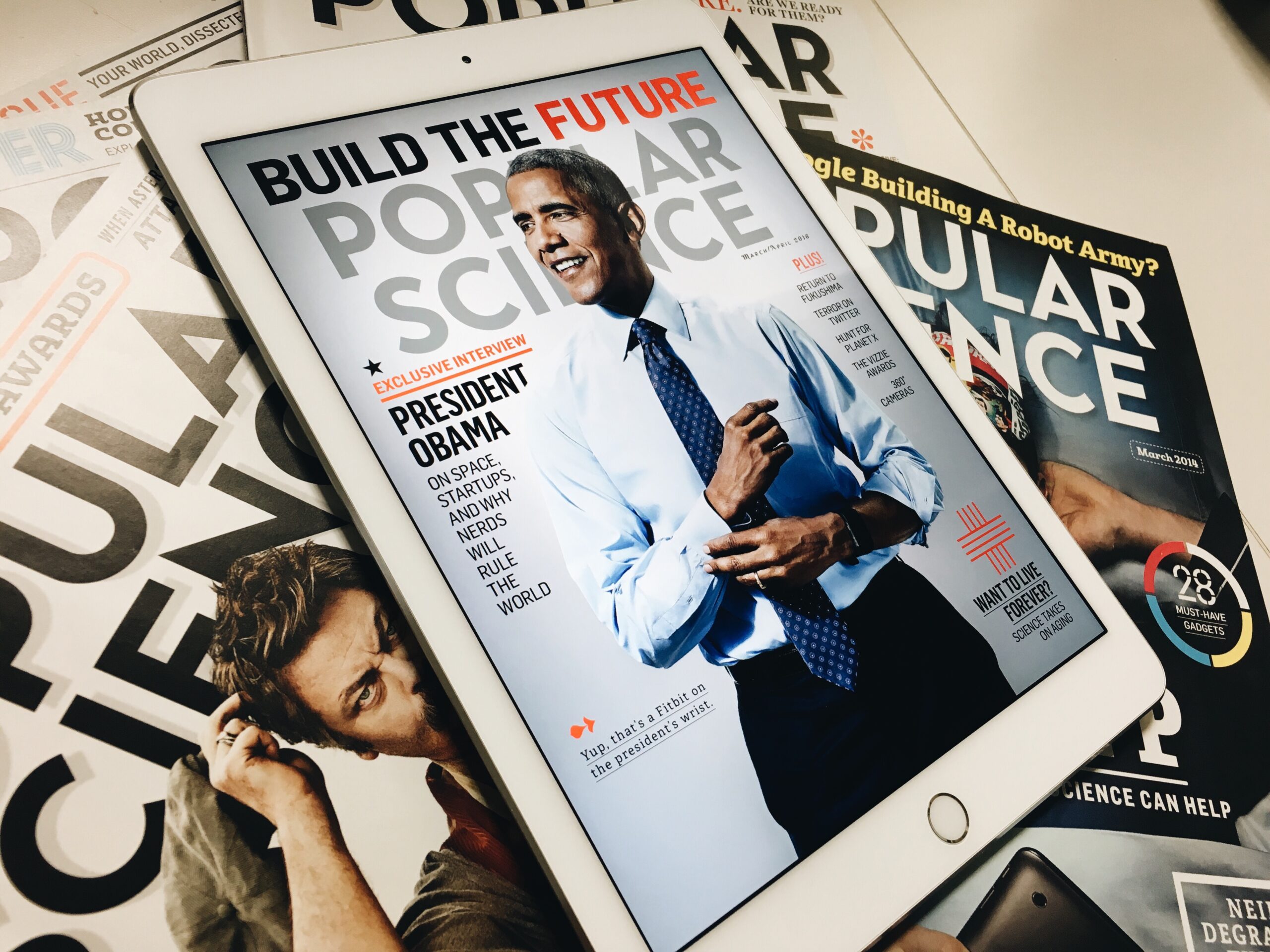
Apple took the stage in late March to introduce two new major products: the iPhone SE and a smaller version of its iPad Pro. The iPhone SE is everything fans of small phones have asked for—the guts of Apple’s latest iPhone 6S in the shape and size of 2013’s iPhone 5S—and will likely sell accordingly. But users are usually less compelled to replace their tablets, meaning the newly released 9.7-inch iPad Pro may still not sell well. That could be the case even though the new smaller iPad Pro is the spiritual successor to the iPad Air 2, and it is now undoubtedly Apple’s flagship tablet product. Still, it packs lots of excellent features from its 12.9-inch sibling — the original iPad Pro, released last fall— into a smaller, lighter, and more compact frame.
More Of The Same, With A Few Differences
The newest iPad Pro (which doesn’t have a differentiating surname) offers the experience you’d expect from an iPad in 2016. Users of iCloud will see their iPhone contacts, calendar data, reminders, texts, and more sync up with devices in which they’re logged in. Users can still expect Apple’s 2048×1536 (264 pixels per inch) “Retina” screen that makes it hard to discern pixels, a camera for taking photos and a fingerprint sensor home button for privacy. But there are some additions that separate the new iPad Pro from the identically sized iPad Air 2.
The easiest way to tell if the iPad you’re holding is one of Apple’s “Pro” models is if the company’s smart connector can be found on the side. Exactly where Apple’s Smart Cover magnetically attaches on the side of the iPad, Cupertino offers a more costly cover that acts as a smart cover and keyboard. Apple now offers one of these for each size of the iPad Pro; the connector port can be used by third-party manufacturers for extensions in the future.
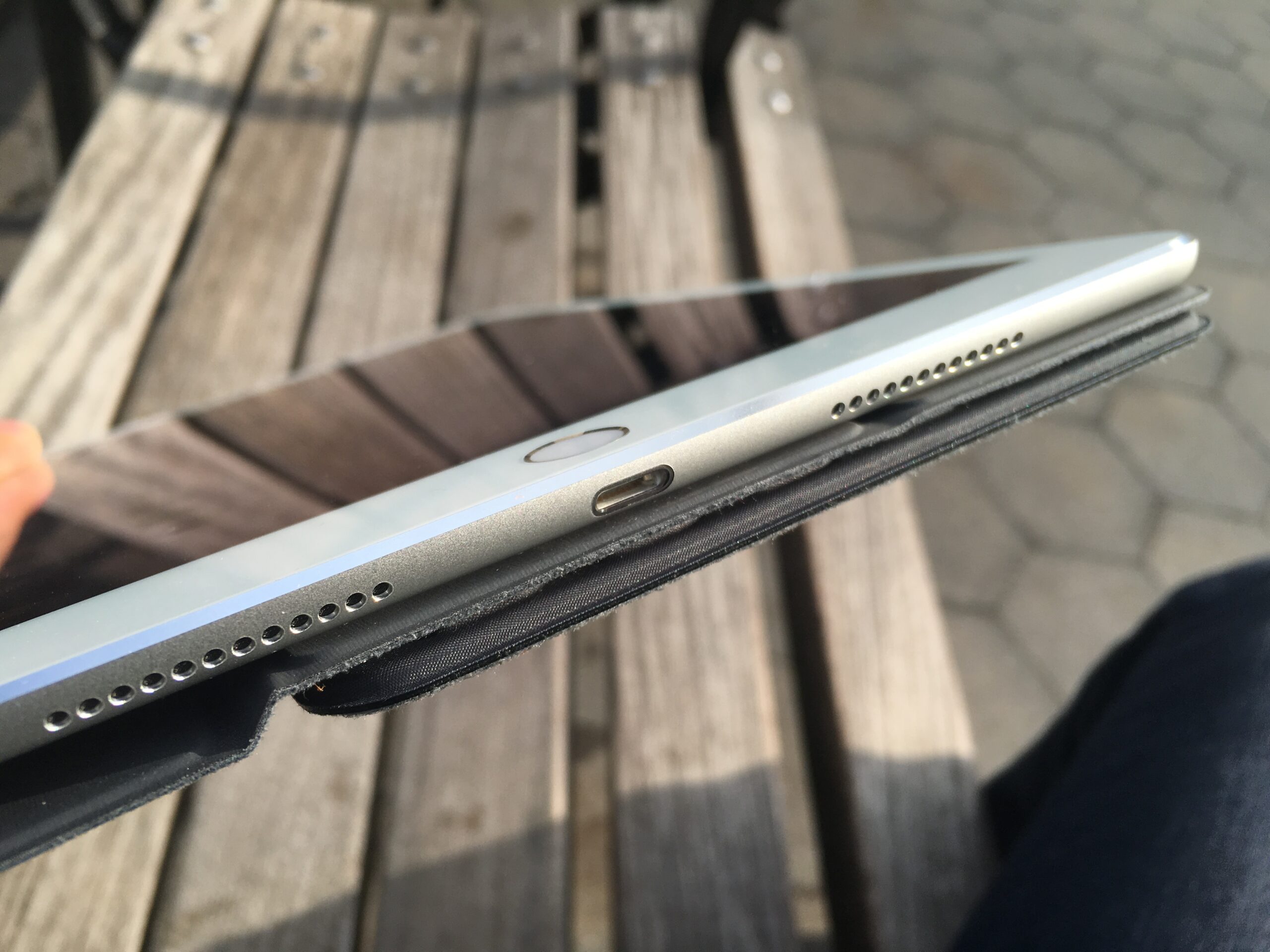
The Microsoft Office apps that ship with new iPad Pro units make good use of the Apple Smart Keyboard and the supported Pencil stylus, but you probably use Google Docs for everything anyway. The keyboard works within browsers and other apps too.
The Pro includes the addition of two more speakers on top of the unit. This allows for a stereo speaker experience even when the device is rotated. The iPad changes which speakers play what based on how you’re holding the device. And support for the Apple Pencil means stylus lovers can snap up the company’s $99 first-party option, if they so please. But for a device that’s all screen, one of the more interesting additions to the 9.7-inch iPad is in the display: a clever coloring trick called True Tone.
True Tone Makes The iPad A Chameleon…Kind Of
The release of iOS 9.3 brought iDevice users Night Shift. Like f.lux before it, Apple’s version, Night Shift, gives the screen a more orange hue at night time, instead of the bluish color it usually gives off. This change is easier on the eyes in the late hours of the day and may even offer sleep benefits. Apple is taking onscreen color adjustments a step further with True Tone.
Mimicking how physical pages appear, the new iPad Pro has added sensors to take in ambient light information. Depending on if you’re reading outside under a cloudless sky or indoors under fluorescent bulbs, for example, the screen tints accordingly to match your surroundings—whites appear more blue when outdoors and more yellow under indoor lighting. The effect is generally a subtle one–unless you’re in a car next to a window, constantly seeing switches in lighting when you pass under shade or by a building.
The effect of reading on the iPad’s screen with True Tone is enjoyable, and after you get used to it, it makes using an iOS without it slightly jarring. Is it “better”? At least some scientific research holds that Night Shift could be good for one’s sleep patterns, but True Tone is much more a matter of preference. Subjectively, Apple calls it a more natural experience, and I tend to agree. The effect will almost certainly make its way to future iOS devices and perhaps make older devices feel like you’re reading on a blue light.
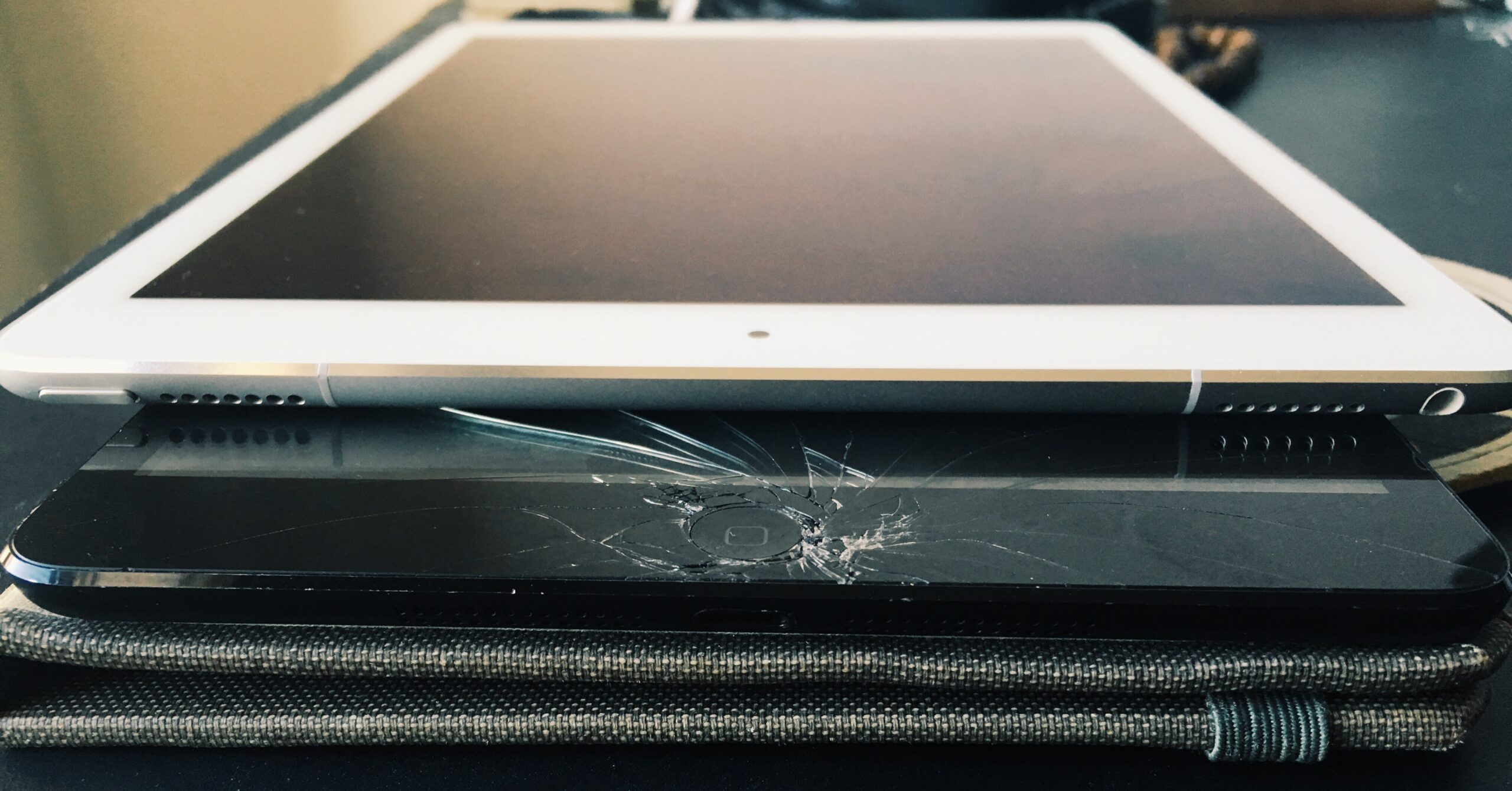
Speakers
The iPad Pro won’t be winning any awards for its speaker prowess, when compared to soundbars with subwoofers and surround sound systems. But the smaller iPad Pro takes after its older sibling and gains two more speakers on the top and bottom of the unit. And they get loud.
The iPad Pro reaches higher volumes than the other iPads with half as many speaker grilles. And lower lows are achieved, giving deeper bass in many songs. But you’ll still want to connect the iPad to external speakers if you plan on throwing a party or want music booming throughout the whole house. And you still can connect to those other speakers using Bluetooth, wi-fi, or the traditional 3.5mm analog jack or the Lightning port—depending on the stereo unit. Amid rumors of Apple slicing the headphone port from the iPhone 7, the iPad Pro still has a jack.
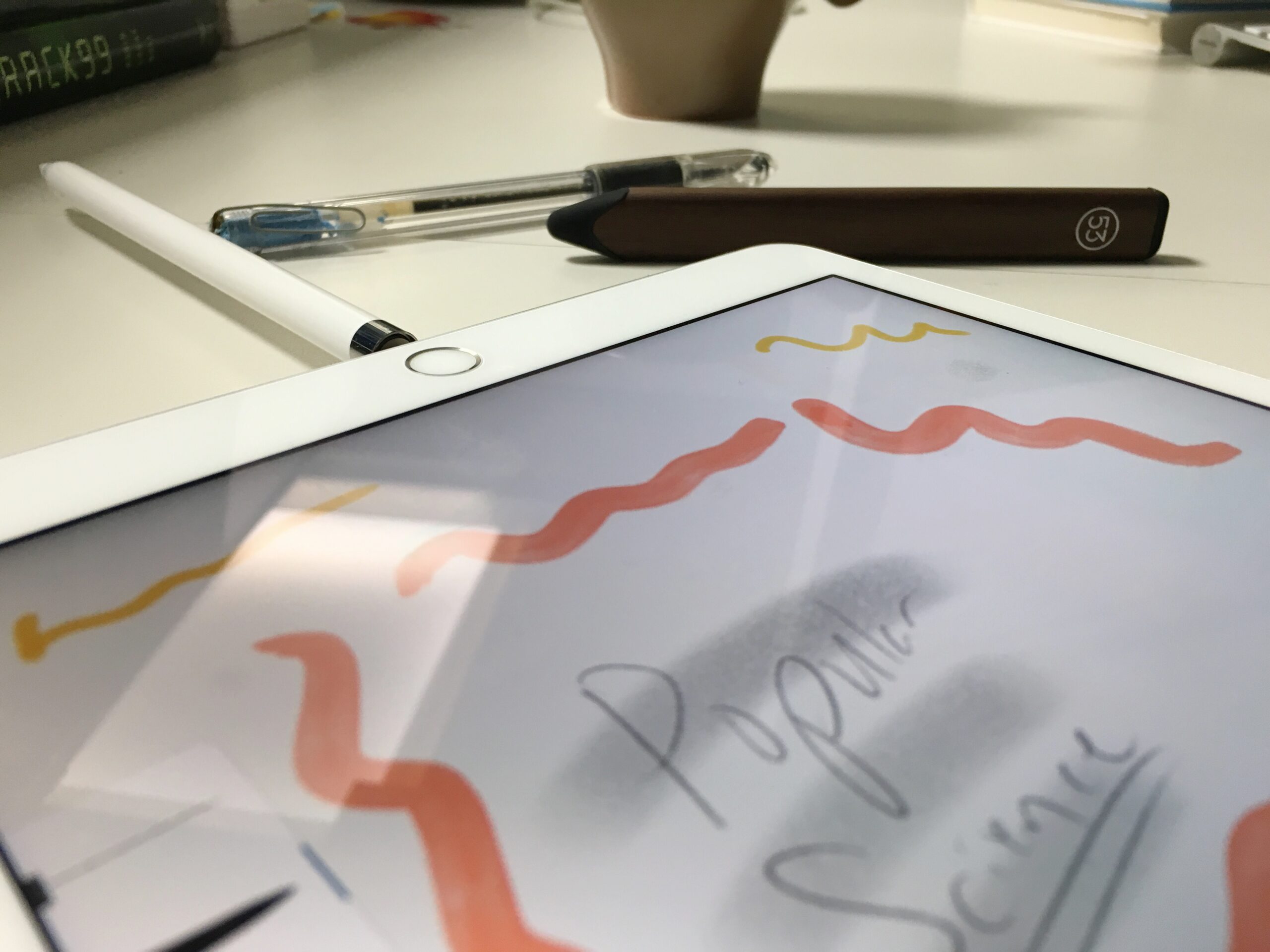
Pencil Support
Apple introduced the Pencil alongside the original iPad Pro—even after Steve Jobs had declared that if your touch OS needed a stylus, you blew it. But even Cupertino realized the importance of a pen input when it comes to certain tasks. Drawing on the iPad can happen with one’s finger, but it’s not ideal. And thus the Pencil was born.
Many iOS styluses came to the iPad before Apple’s first-party solution, even ones named Pencil. But, as one would expect with Apple, only the first-party solution ties in with software to provide a better experience.
Pairing the Pencil requires plugging it into the iPad’s Lightning port. Once paired, the stylus offers features like palm rejection–which allows you to rest the side of your palm on the screen while you write, as you would physical paper–as well as tilting the stylus to shade inside drawing apps. But don’t attempt to press firmly for a darker sketch—without 3D Touch, you’ll only be pushing on your screen in inhumane, ineffective ways.
In Adobe’s Draw and Sketch apps, Pencil worked as expected. Even in apps like FiftyThree’s Paper illustration app, Pencil worked as promised, even when the third-party Pencil product was connected too. Unlike FiftyThree’s Pencil stylus, turning the stylus over to erase—which I found myself trying to do often– was not an option.
Charging Apple’s Pencil only sucked up 2 percent battery life from the tablet when plugged into the iPad’s Lightning port, and took around half an hour to charge fully. You just have to deal with your iPad looking like a narwhal for 30 minutes.
At $99, the Apple Pencil is expensive. But as the official stylus for the iPad, it gains access to features other styluses can’t. You may want to buy this only if you see yourself drawing on the iPad often. Note-takers and annotators can skip paying the premium.
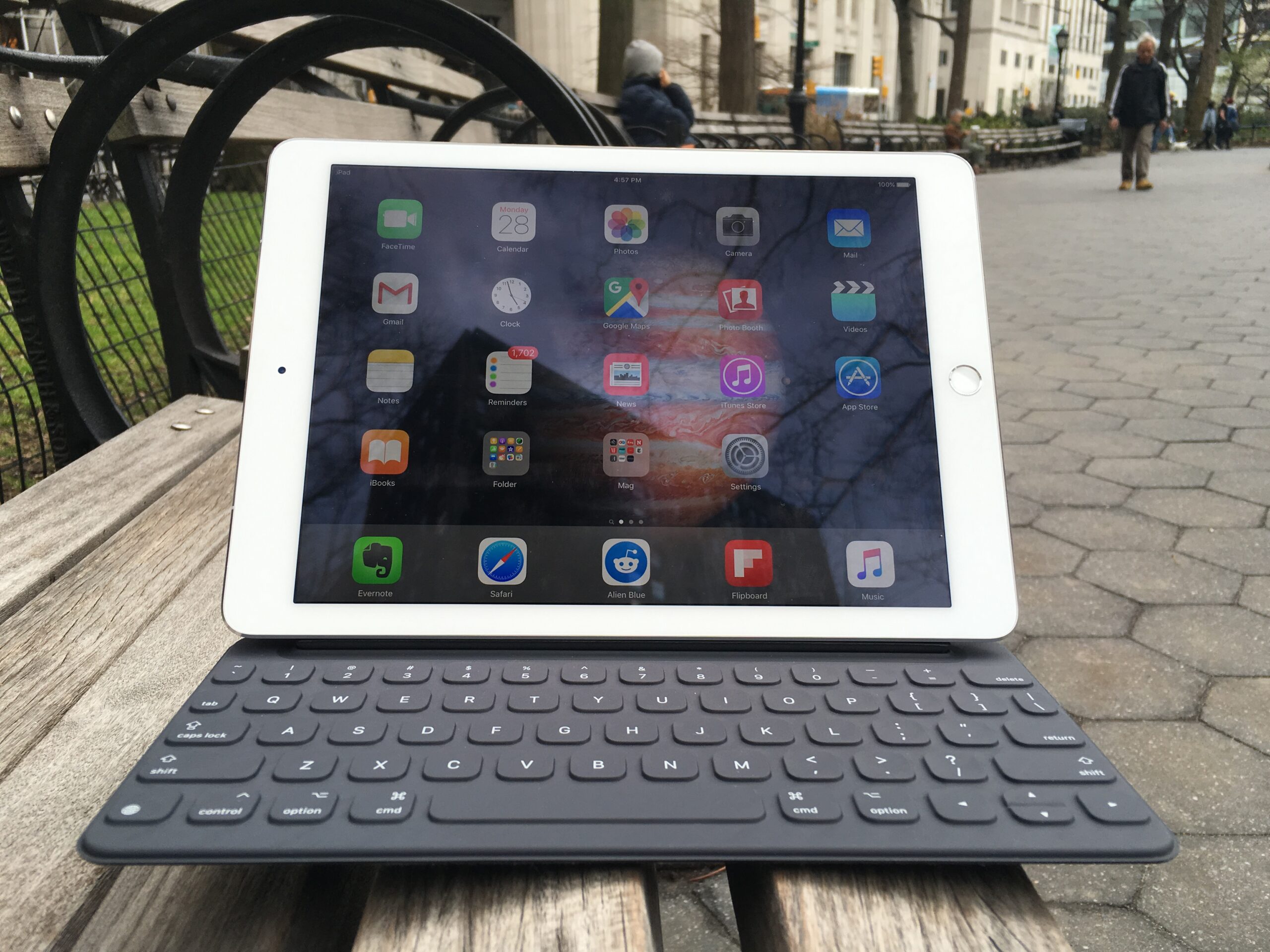
Smart Keyboard
Apple’s revamped its Smart Keyboard tablet attachment for the smaller iPad Pro. Many cried “Microsoft” when the original smart cover/keyboard hybrid was announced alongside the original iPad Pro in fall 2015.
And there are some parallels. Similar to the Microsoft Surface line of devices, Apple’s Smart Keyboard cover doubles as a QWERTY keyboard that allows for laptop-replacement-like functionality. Those interested in word processing and handling emails could find use in the tablet attachment. iPad users wanting to do anything more nuanced with their keyboard may have a harder time.
Really intensive tasks that one would associate with a computer like Photoshop or video editing can be done on the touchscreen using software like Pixelmator, Adobe Premiere for iOS or one of Apple’s media editors. But it’s hard to consider the iPad as a desktop replacement when the iPad lacks the ability to do a few key desktop-PC things. Doing hard work usually consists of having dozens of tabs open which, on Safari on the iPad, is too distractingly hectic to be useful. And then switching between those dozens of tabs and using another app in tandem with your web browser, or three apps or four. Using two apps side by side is doable, thanks to a split-screen view. But any more than two and you’ll find yourself double tapping the home button a lot.
The keyboard offers more travel than Apple’s latest 12-inch Macbook, but still leaves a bit to be desired. And the sizing of each individual key is smaller than on Cupertino’s latest notebook. I’d hoped the surface area of each letter would stay consistent across all Apple-designed keyboards. The company notes that the design of the keyboard cover means foods or liquids can’t spill in between the keys, since the design is all one piece of material. And Command-Tab functionality allows you to switch between apps quickly, similar to the same key chord on the Mac, or Alt-Tab on Windows. Unfortunately Command-Tilde doesn’t allow you to cycle in reverse. But the toughest pill to swallow is the keyboard cover’s price: $149.
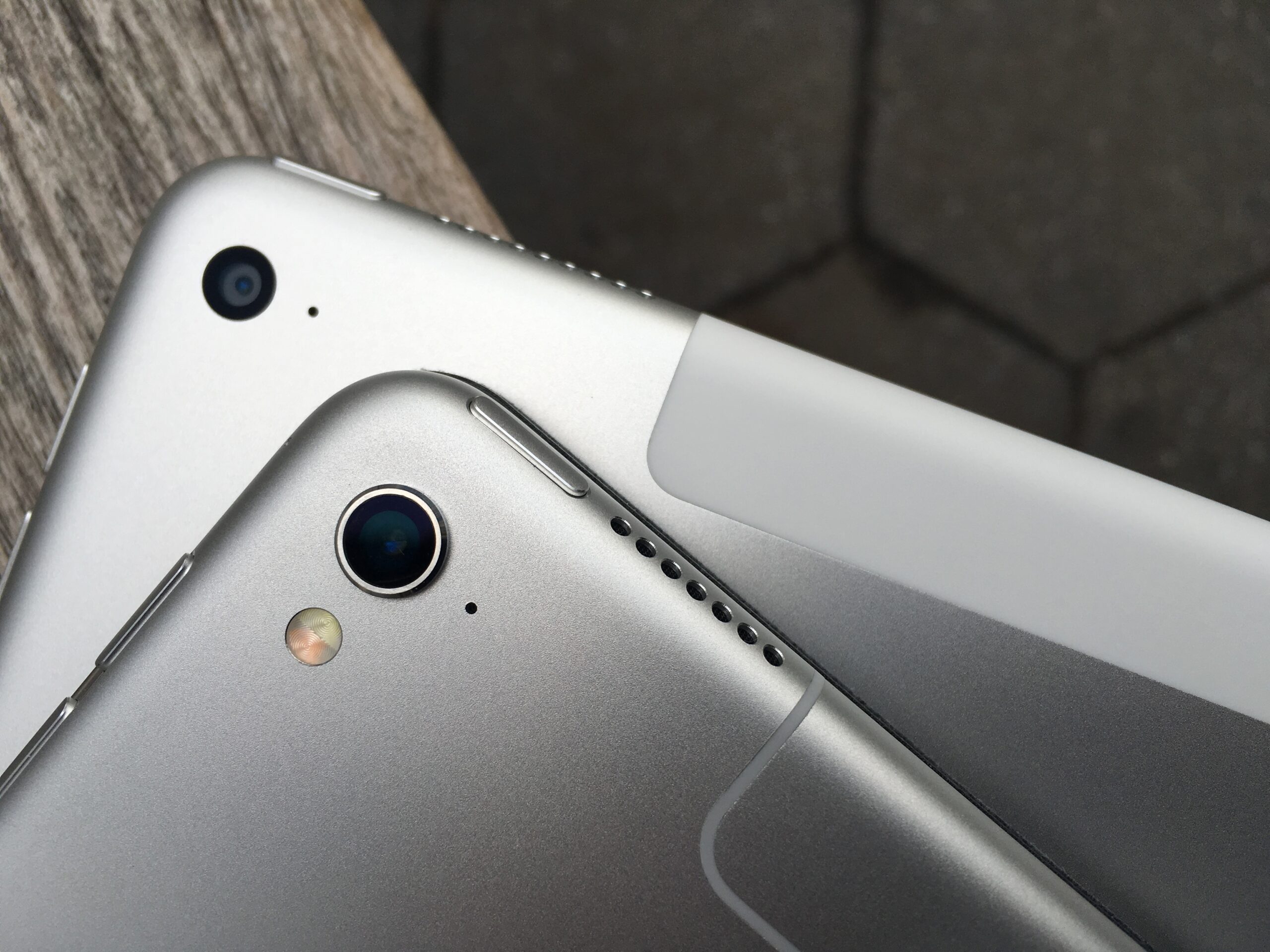
Other Differences:
The smaller iPad Pro ships with the best camera on any iPad. The 12-megapixel rear camera, also found in the iPhone 6S and SE, allows for rich photos and 4K video. Selfie mode now offers a 5-megapixel front-facing camera that can record in 720p HD. iPad photography may still look uncool, but at least your pictures will look nice.
Like the larger iPad Pro, the smaller version ships with 32GB, 128GB, or 256GB of storage space. The dreaded, low storage 16GB model is nowhere to be found. Which, in 2016, is the way it should be.
Apple claims those on the go can expect 10 hours of using the internet, listening to music, and watching video, and our tests backed that up. You’ll want to charge with the included adapter. Doing so with an iPhone adapter takes far too long. Using the device while charging on a smaller iOS device adapter sometimes won’t even move the battery meter at all.
Notable Omissions
The iPad Pro “small” is a fully capable Apple tablet. But unlike the full-sized, 12.9-inch screen Pro, which has 4GB of RAM, the 9.7-incher only has 2GB of RAM. Even though the other specs are respectable, such as the A9X processor and the best cameras on any iPad, the lower RAM is a questionable omission.
And unlike the iPhone 6S, the “mini” iPad Pro very noticeably has the older TouchID, not the quicker version found on Apple’s flagship phone. Using the 6S fingerprint sensor simply requires you press a button. The slower one found on the iPad Pro 9.7-inch feels like pressing a button and waiting to have your prints taken.
Price & Final Word
The release of the iPad Pro Tiny, or whatever we’ll call it, confuses the naming in Apple’s line of tablet products. This smaller iPad Pro is really the iPad Air 3. At a base price of $599, it will cost you more than the $399 iPad Air 2. Meaning if you want a really future-proof 9.7-inch Apple tablet, you’ll have to pony up the extra $200.
The new Pro is an opportunity for Apple to keep its original-sized iPad up to date while phasing out the numbering system that won’t scale gracefully into the larger numbers. Fans of the medium-sized iOS tablet gain access to the Pencil stylus and smart connector (which could allow for other accessories besides the keyboard in the future). And the company’s True Tone tech drops hints as to what to expect from the iPhone 7.
At the expense of a cluttered lineup, iPad buyers have more price ranges than ever to choose from. The omissions of 3D Touch and only offering half as much RAM as the largest iPad are disappointing. But the newest iPad Pro still manages to be the company’s premiere iPad product. It brings over many of the advances Apple has achieved in making the Pro back down to the screen size that started it all. Portability and new features like True Tone make this, overall, the best iPad available at present. The heavier, laptop-screen-sized iPad Pro is better for professional artists, but the new iPad Pro is best suited for everybody else.
